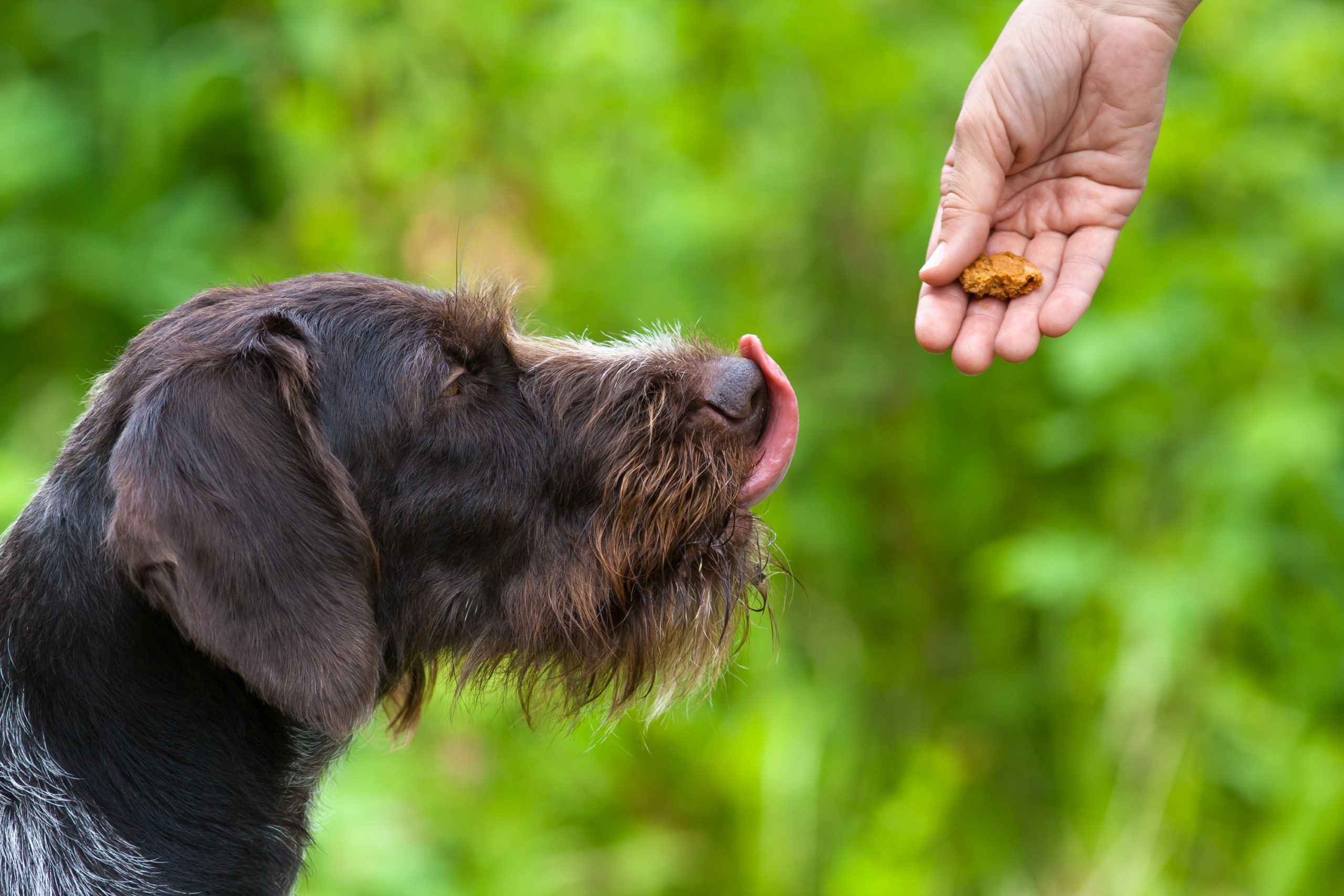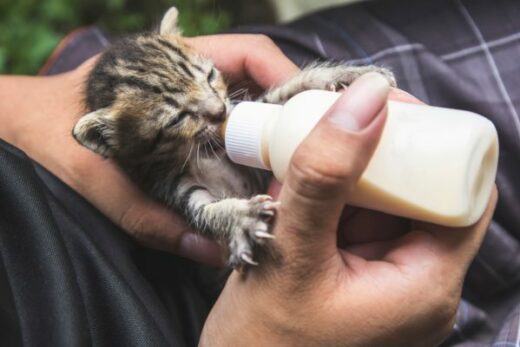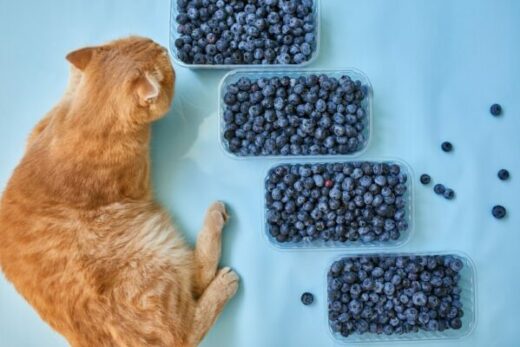
Often, we get mixed messages about what is best to feed our dogs. We know that nutrition is a critical component of canine health and are eager to support our canine companions’ nutritional needs. Our well-intentioned desire to promote optimal canine health can understandably be subject to fluctuations. We often anthropomorphize our pups, and the modification of dog diets based on trends in human nutrition follows.
Our preference for pet foods with ingredients that resemble our own is understood by pet food industry marketers and advertisements, as the natural pet food segment grew from 2.0 billion in 2008 to 3.9 billion in 2012, just as contemporary trends in human diets moved to include more fruits and vegetables.
The reality of our pet’s diets is that it is a range of macronutrient compositions that can provide nutritional adequacy and form a healthy baseline for our pets to thrive. I examined grain-free dog food with the understanding that humans have increasingly been rejecting grains or discovering intolerances and sensitivities. So, wondering whether to feed your pup a grain-free diet? Here are some key things to keep in mind as you consider the best quality diet for your pet.
Grains are small, hard seeds, especially the seeds of a food plant such as wheat, corn, rye, oat, rice, or millet. Grains are a source of vitamins, minerals, and fiber. There are whole grains and refined grains. Whole grains are rich in dietary fiber, trace minerals, and vitamins B and E. Refined grains, such as white flour and white rice, contain less nutritional density than whole grains. Each grain has its own unique nutritional profile, and no one diet works for every single pet.
Oats and barley are two cereal grains that are good sources of beta-glucan, and there is evidence to suggest that these grains can serve as functional ingredients in pet food to control chronic disease incidence.





